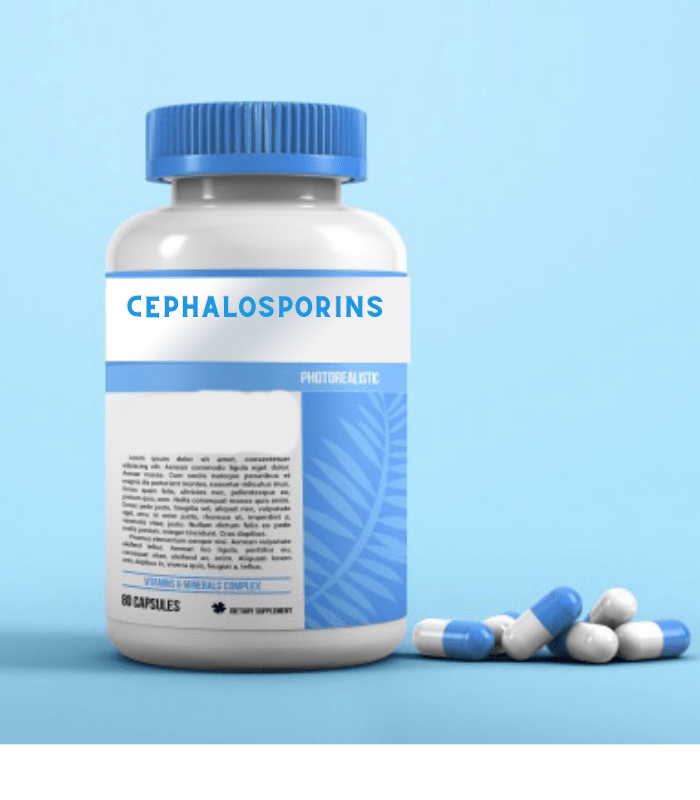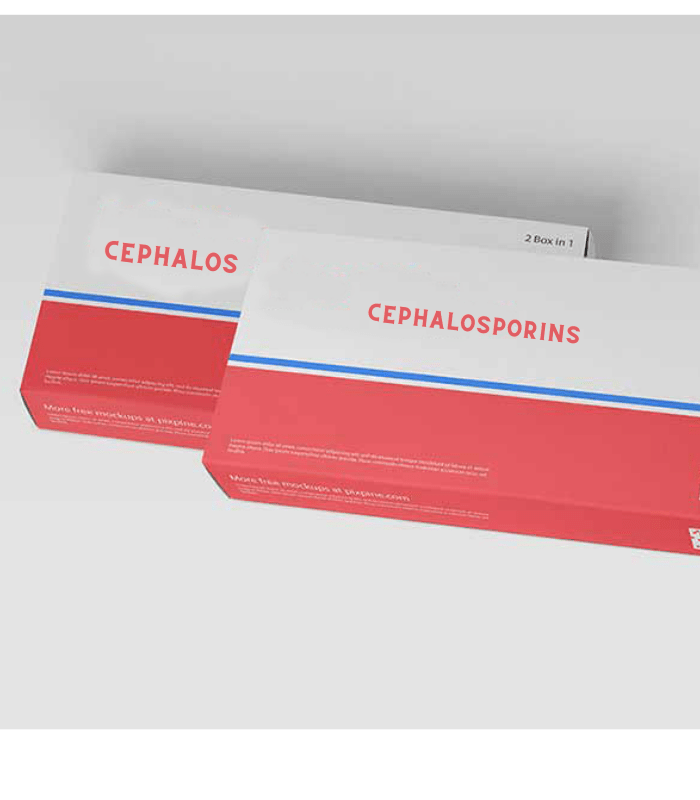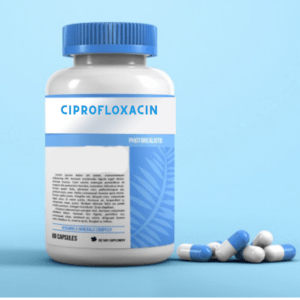Description
Cephalosporins: Uses, Doses, and Side Effect
Cephalosporins are antibiotics that work by binding to and blocking the activity of enzymes responsible for making peptidoglycan, an important component of the bacterial cell wall. They kill bacteria in a similar way as penicillin’s, but they can also affect other viruses such as herpes or HIV because these compounds do not discriminate between live cells and harmful microbes. Cephalosporin is effective against many types of bacteria without developing any resistance over time like some other classes (such as meiotic).
Scientists have been trying to make cephalosporins more effective against a wider range of bacteria by changing the structure and creating new “generations” each time. So far, there are five generations with all starting with either ‘cef,’ ‘cephalad, or ‘kef’. Some countries use this classification system while others don’t but it’s good to know when you want an antibiotic that is stronger than penicillin.
Types of Cephalosporin’s
Please refer to the drug classes listed below for further information.
Cephalosporins/beta-lactamase inhibitors
First-generation cephalosporins
First-generation cephalosporins are used to treat Gram-positive bacteria, but they’re only somewhat effective against Gram-negatives.
First-generation of these drugs were very popular when there was a lack of antibiotics that could effectively defeat infections caused by gram positives and helped usher in the era where surgery became more commonplace as an option for surgeries like appendectomies or gallbladder removals due to their relative efficacy compared with other options at the time available such as penicillin which had far fewer success rates than first generations on patients infected with it without treatment. However, this now leaves us facing today’s antibiotic resistance crisis wherein people can’t be cured of illnesses because current medications don’t work well enough against them anymore.
- skin and soft tissue infections
- UTIS
- strep throat
- ear infections
- pneumonia
Second-generation cephalosporins:
Second-generation cephalosporin drugs are often used to treat respiratory infections such as bronchitis and pneumonia. These medications have a wide spectrum of action against different types of Gram-positive bacteria, but they’re less effective than first-generation cephalosporins for those pesky Gram-positive bugs that can cause urinary tract infections like E Coli.
- Other infections sometimes treated with second-generation cephalosporins include:
- ear infections
- sinus infections
- UTIs
- gonorrhea
- meningitis
- sepsis
Third-generation cephalosporins
When faced with Gram-negative bacteria, third-generation cephalosporins are more effective than both first and second generations. This is due to the fact that they tend not to be as active against gram-positive species such as Streptococcus or Staphylococcus
One example of a third-generation antibiotic: ceftazidime (Fortaz), which has been used for treating pseudomonas infections.
- Third-generation cephalosporins may also be used to treat:
- skin and soft tissue infections
- pneumonia
- UTIs
- gonorrhea
- meningitis
- Lyme disease
- sepsis
Fourth-generation cephalosporins:
Cefepime is the only fourth-generation cephalosporin available in the US. This drug is usually prescribed for more severe infections and is most effective against Gram-negative bacteria of all kinds.
Cefepime can be used to treat the following types of infections:
- skin and soft tissue infections
- pneumonia
- UTIs
- abdominal infections
- meningitis
- sepsis
What do cephalosporins treat?
In the medical field, cephalosporins are one of many types of antibiotics used to treat a variety different bacterial infections. For people who have allergies or sensitivities to penicillin, cephalosporin is an effective alternative for treatment in these cases and has been proven useful during skin tissue infection treatments as well as urinary tract ones. Even more than that though, it can also be very helpful with treating strep throat which makes it important for patients who haven’t had any success using traditional methods like oral medications from their doctor.
Side Effect of cephalosporins
Cephalosporins can cause a range of side effects, including stomach upset and diarrhea. One of the more serious side cases that can occur is C difficult infection although it typically happens after long antibiotic courses because this type does not respond well to antibiotics. Symptoms include watery diarrhea with abdominal pain or fever while appetite decreases as you recover from your illness which you should be able to stop by taking probiotics in order for good bacteria to build up inside your digestive tract so illnesses do not get worse!
Dosage Forms & Strengths
capsule
- 250mg
- 500mg
- 750mg
oral suspension
- 125mg/5mL
- 250mg/5mL
tablet
- 250mg
- 500mg










Reviews
There are no reviews yet.